Reviewed by Corey Noles
Sound familiar? You're fumbling around in the dark, and your Pixel's flashlight is either pitifully dim or blazing like a small sun. Well, Android is finally catching up to what Samsung and iPhone users have enjoyed for years.
What you need to know:
Google is rolling out native flashlight brightness controls in Android 16 QPR1, likely arriving in September 2025
The hardware has been ready since 2022 — Android 13 introduced the APIs but Google never built the interface
Third-party apps already work on most Pixels, thanks to those Android 13 APIs
Your Pixel defaults to just 50% brightness when you toggle the flashlight from Quick Settings
Why this took Google three years to implement
Here's the kicker: Android 13 added support for flashlight brightness control way back in 2022. The APIs — getTorchStrengthLevel and turnOnTorchWithStrengthLevel — have been sitting there, waiting for Google to actually use them.
The delay wasn't about hardware limitations. Most Pixel devices support brightness control at the hardware level, with some offering up to 128 different brightness levels. While Google sat on these APIs, Samsung had already solved this problem using their own implementation, giving Galaxy users five brightness levels even before Android 13.
This created the bizarre situation where Android supported the feature but Google's own phones couldn't access it. The real bottleneck? Camera hardware abstraction layer (HAL) updates. Device makers needed to implement version 3.8 of ICameraDevice to support the new APIs. Google's own Pixel 6 and 6 Pro got this support in the Android 13 Developer Preview, but the native interface never followed.
How the new controls actually work
Based on code discovered in Android 16 QPR1 Beta 2, Google is taking a refreshingly straightforward approach.
The Quick Settings flashlight tile will become expandable. Tap the icon to toggle the flashlight on or off. Tap the text label to open a "Flashlight Strength" dialog with a slider. When the flashlight is enabled, the brightness level will show underneath the text label.
Swipe right to increase intensity, left to decrease it. A percentage indicator will show your current setting, so you'll know exactly where you stand.
Your workaround options right now
Don't want to wait until September? Beyond Google's hidden option, dedicated apps offer even more control. Flashlight-Tiramisu by polodarb works perfectly on Pixel 6, 6 Pro, and 6a running Android 13, offering granular brightness control with full access to your device's maximum levels.
PRO TIP: Google's own Magnifier app can adjust flashlight brightness too. It's already installed on your Pixel — just search for it in your app drawer.
Apps like FlashDim also tap into those Android 13 APIs, though these apps come with inherent risks since they're accessing lower-level hardware controls. The compatibility isn't universal either — we found these apps work best on Google's own Pixels and newer Samsung devices, but may not function on devices from Oppo, OnePlus, or other manufacturers that haven't fully implemented the Android 13 HAL requirements.
What this means for your daily Pixel use
Finally joining Samsung, OnePlus, and Xiaomi in offering native flashlight controls means no more guesswork. Need subtle lighting for reading a menu? Dial it down to 10%. Searching for something in a dark garage? Crank it to maximum.
The battery benefits are real too. The torch doesn't always need maximum strength, which can lead to thermal throttling. Smart brightness adjustment means better performance and longer battery life. Beyond convenience and battery savings, granular control improves safety — you can signal for help with precise light patterns or preserve your night vision with lower intensity settings during emergency situations.
Ready for September's update?
This feature should arrive when Android 16 QPR1 rolls out in September. It's one of those long-overdue improvements that'll make you wonder why it took so long.
Until then, those third-party apps aren't going anywhere. But come September, your Pixel will finally handle flashlight brightness the way Google should have implemented it three years ago. After three years of waiting, it'll finally feel like Google caught up to their own APIs.
PRO TIP: Once the update hits, you'll probably want to bump that default 50% setting higher — in our testing, most people prefer around 75% for general use.
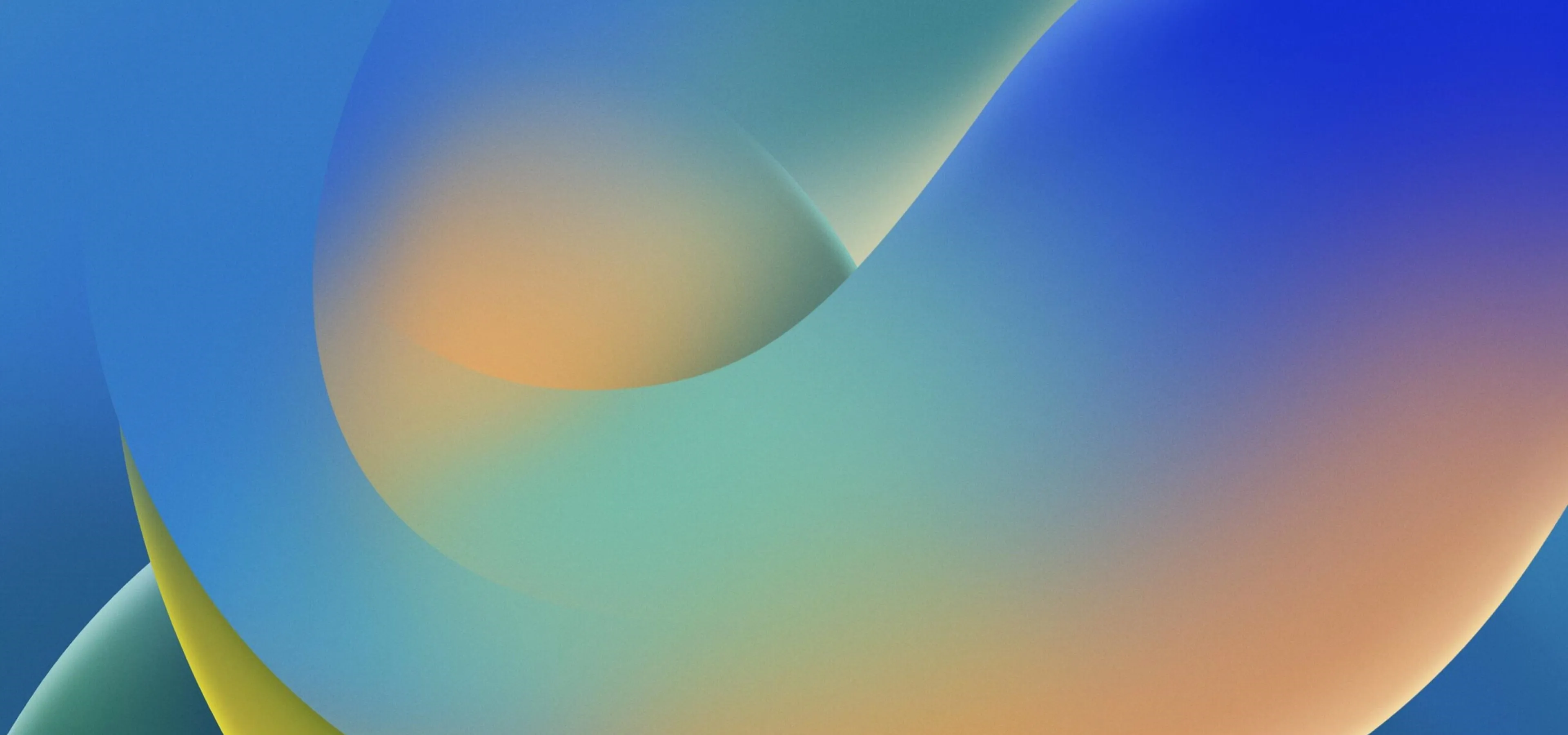



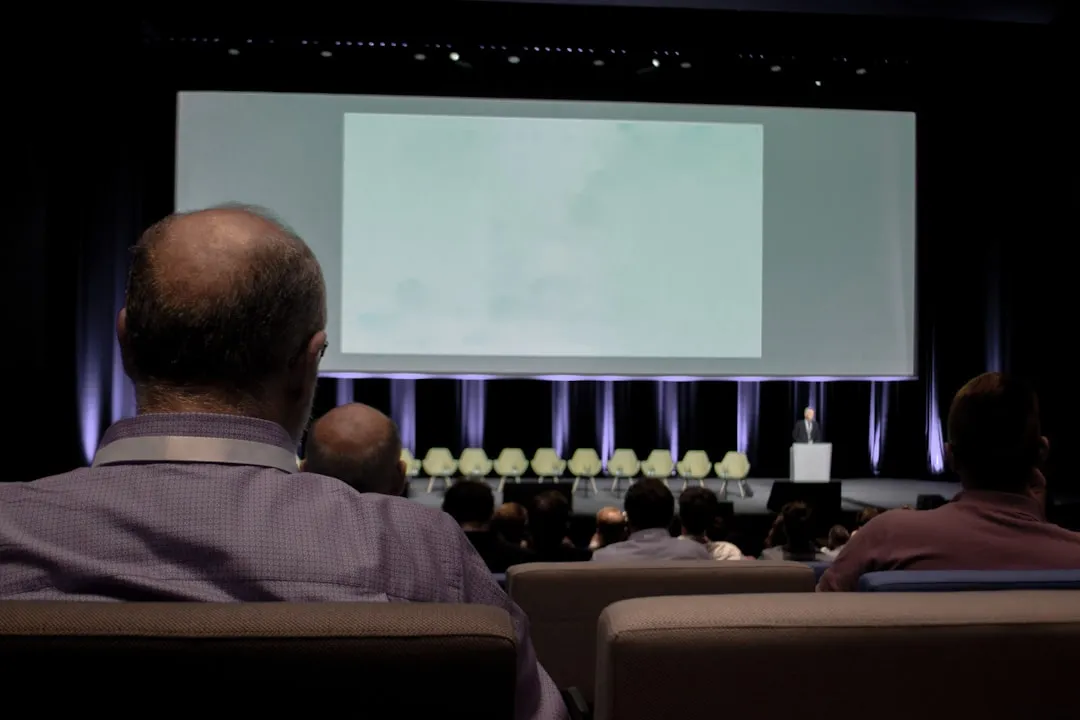
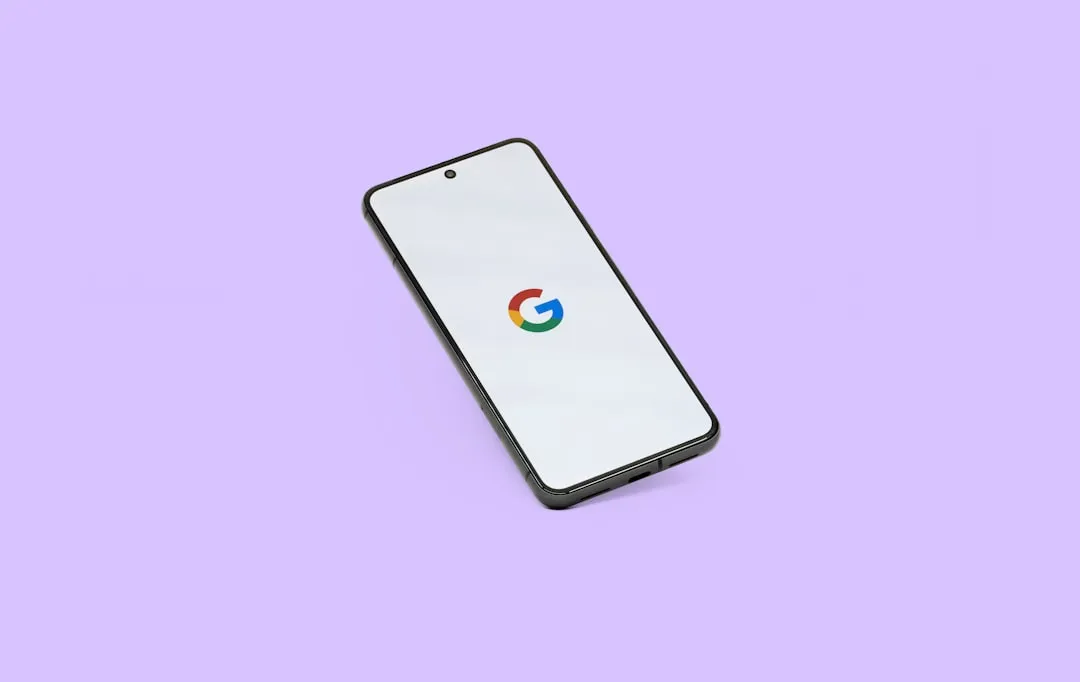

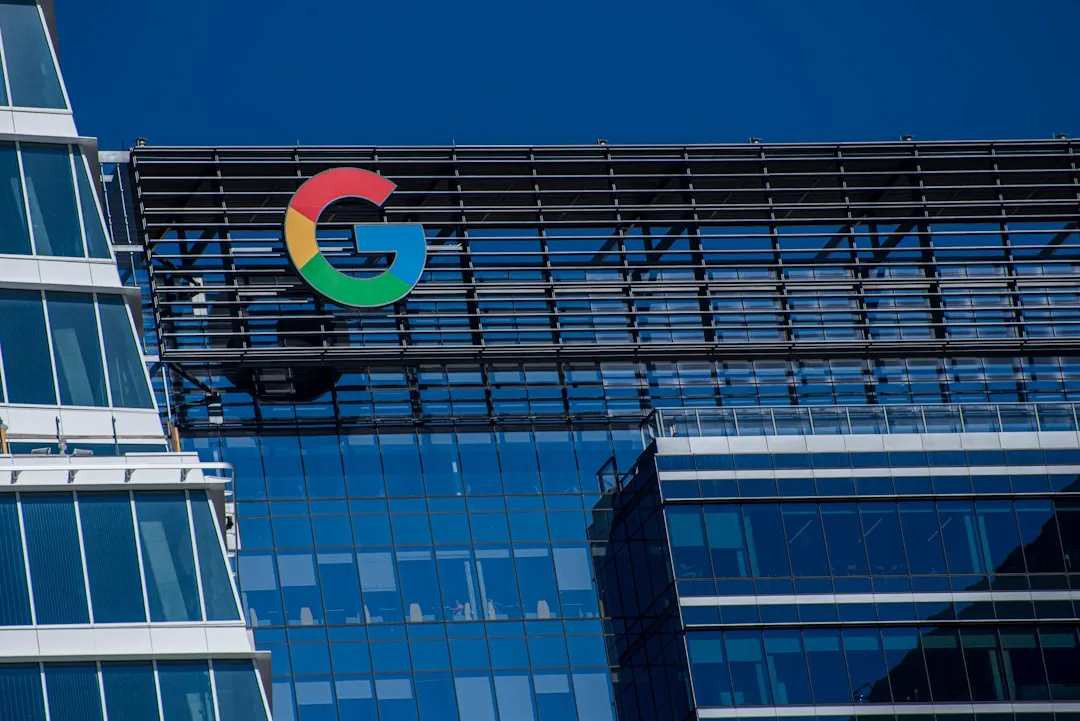
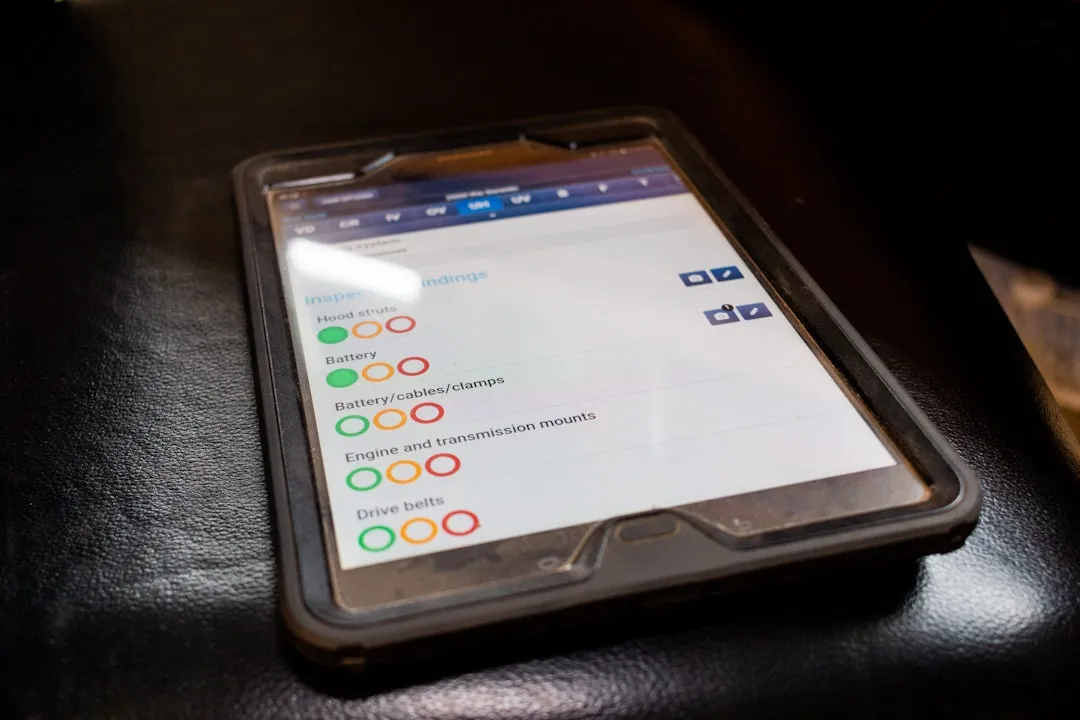


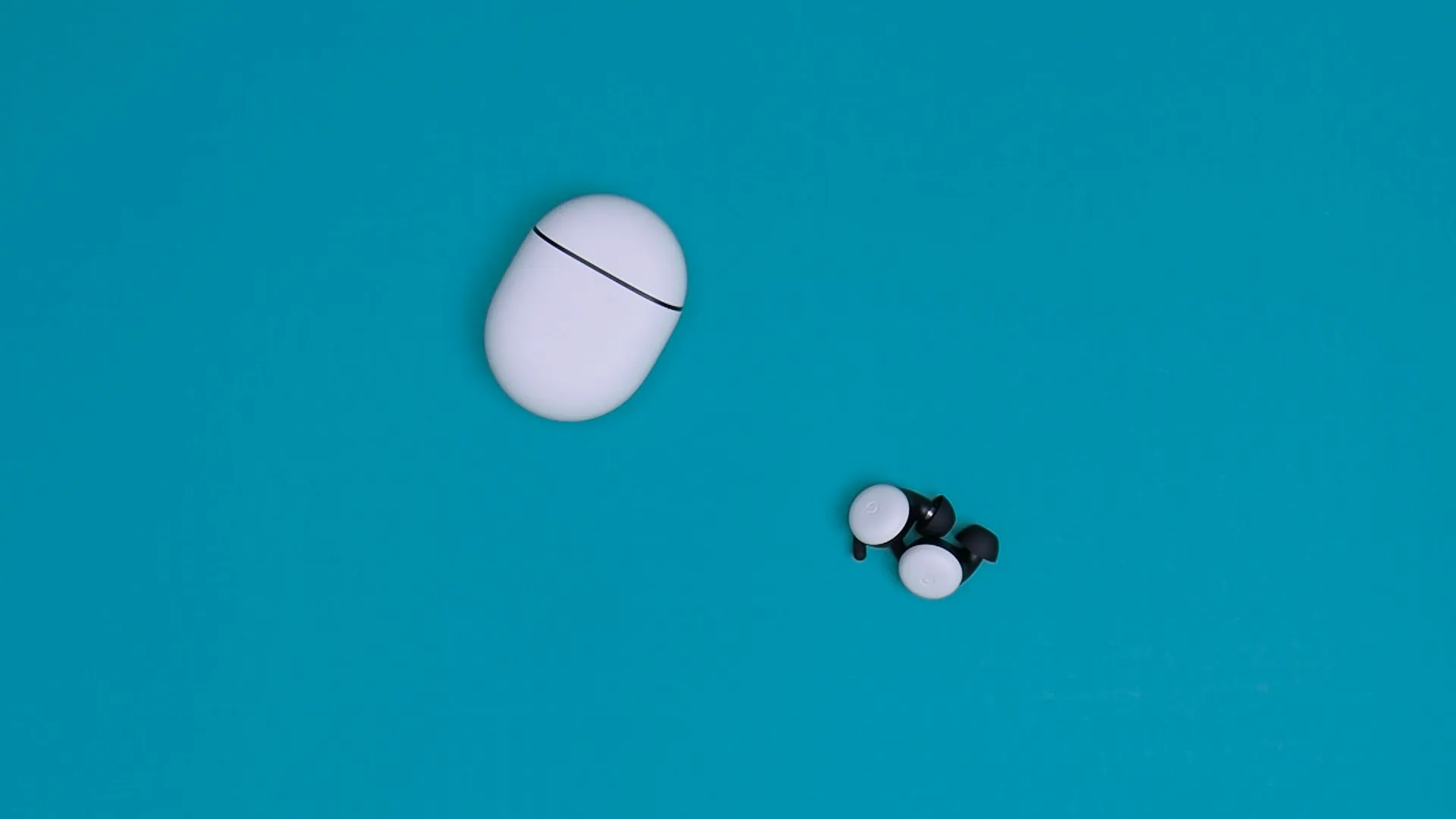




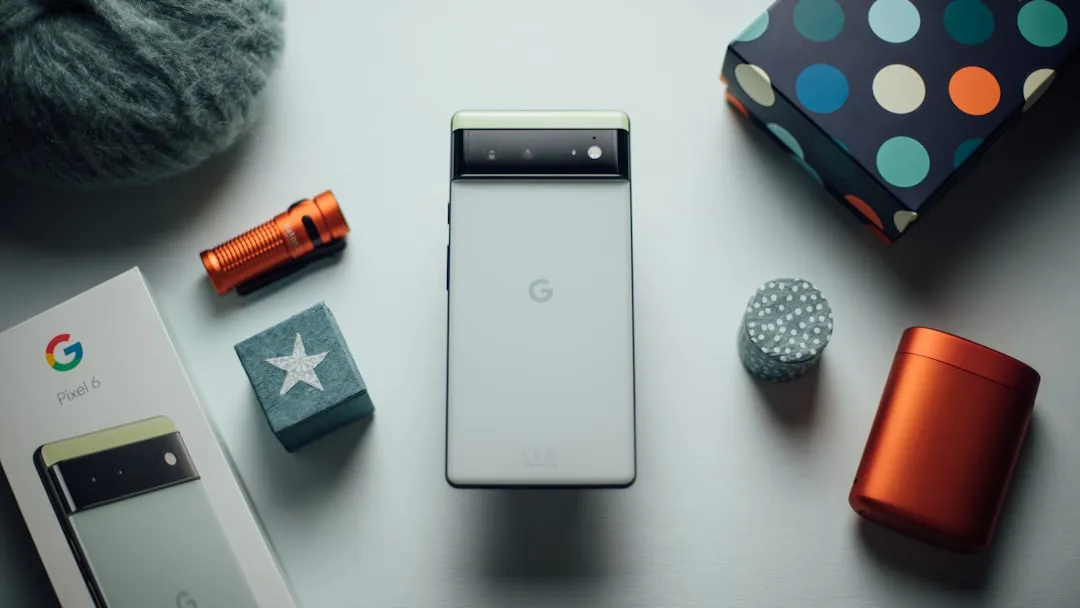
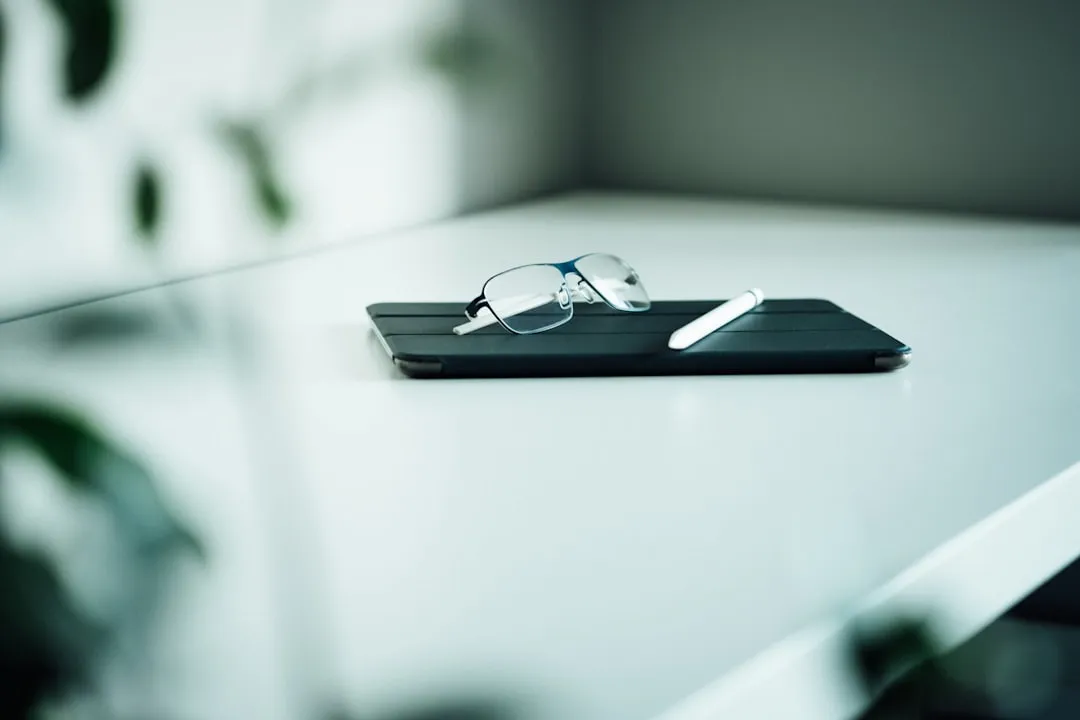
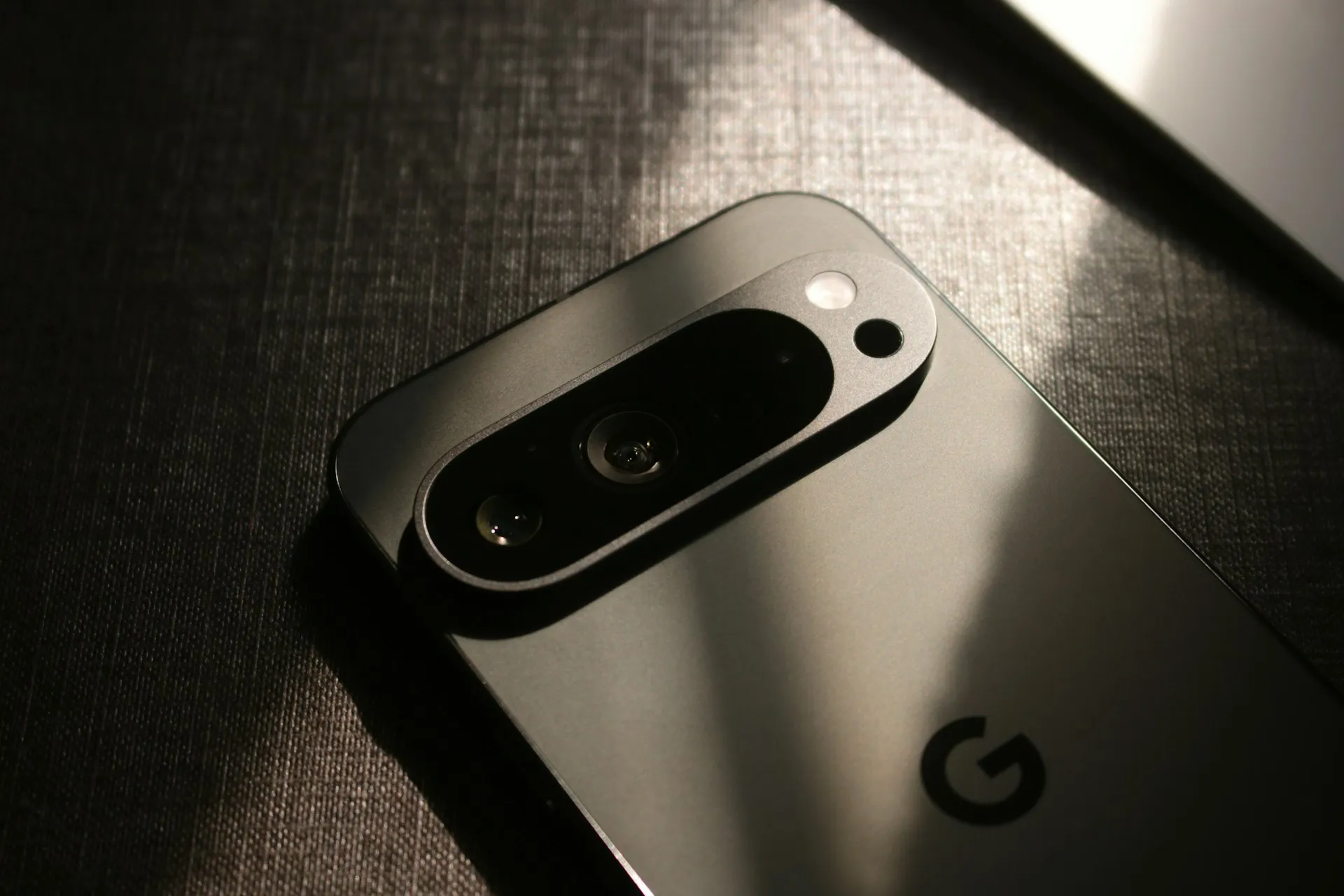
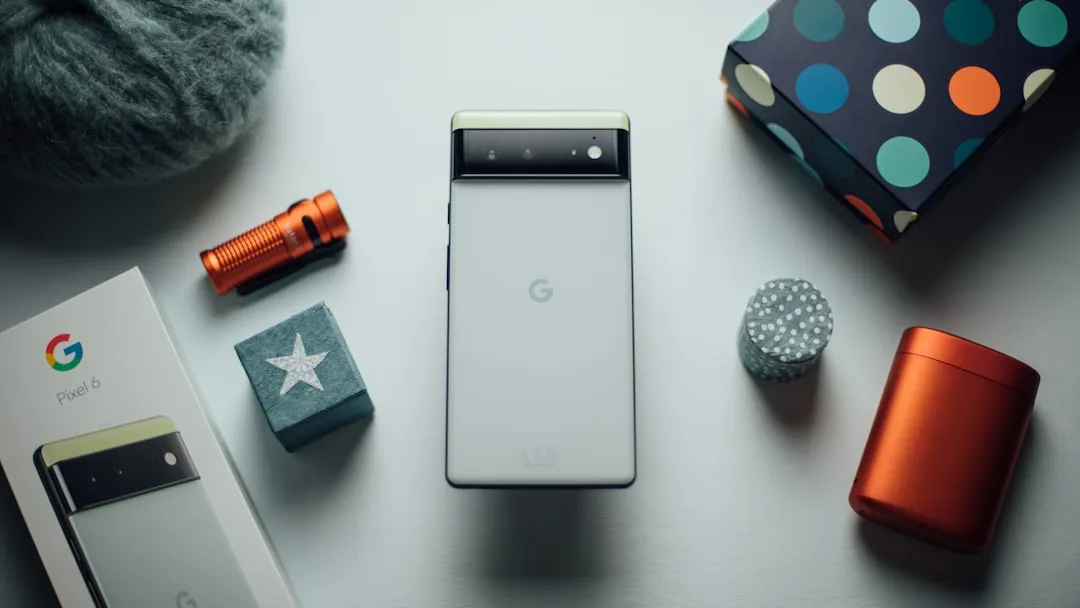
Comments
Be the first, drop a comment!